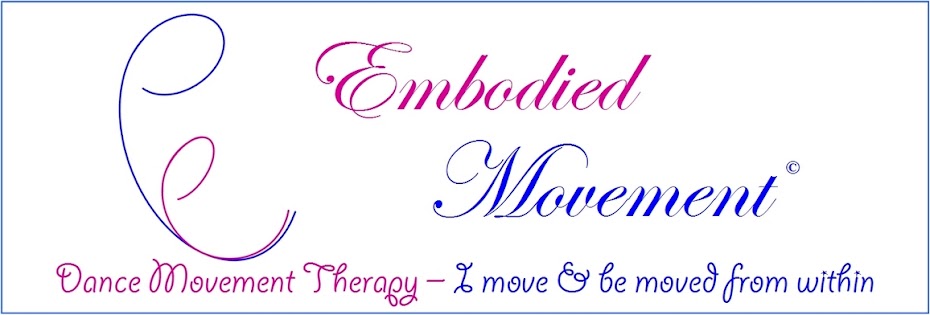"I moved & be moved from within"
The congress in Germany which took place on 24th has been en enriching experiences. I not only moved but was also being moved from within, in body, mind and emotion. The theme was based on movement analaysis of interaction. Speakers from United States, Germany, Netherlands and United Kingdom were invited or participated in holding workshops, talks on their works and research.
I'm particularly keen in movement analysis between mother and babies/children and culture. I've chosen two of the workshops shared by Suzi Tortora and Christine Caldwell. I've long to hear Suzi Tortora personally and had the chance to watch her videos of her work with mothers, babies and children. My passion and vision to work with mothers and babies as well as pregnant mothers are renewed. And soon I will take steps to pursue and fulfil the calling of my heart's desire and working towards my goals.
Christine Caldwell shared about the diversity issues in movement analaysis and assessment. I can sense that she is passionate about her work and research. Her courage to take on this research, which is often deemed as a sensitive topic and taboo, is admirable. She challenged each of us as therapist to take a step further, to look at our professional field, with a different lens, to be cultural competency. Culture has become one of the area of interest ever since I studied dance therapy. From her workshop, it encourages me not to be afraid to confront and question myself as a therapist, as a person and to be cultural competence in my work. It also opens up my mind, perception and to review my role as a therapist when I work with my clients. And also to embrace the humility of not knowing, to continue to grow and learn in the process as a young growing therapist.
Neuroscience is another field which is also brought to our attention and they are becoming more and more interested in understanding our work and how movement has a connection and affecting the brain and mind, such as rewiring the neurons in the brain.
This congress has helped me to anchor my plans, goals and steps that I want to take, to pursue not only as a practitioner, but also as a researcher.
A time, a chance to reconnect with friend, senior, teachers and to party and dance. What's more can I ask for in a congress. I'm glad that I've attended and gained more than what I've expected. A worthwhile, fruitful learning experience!

